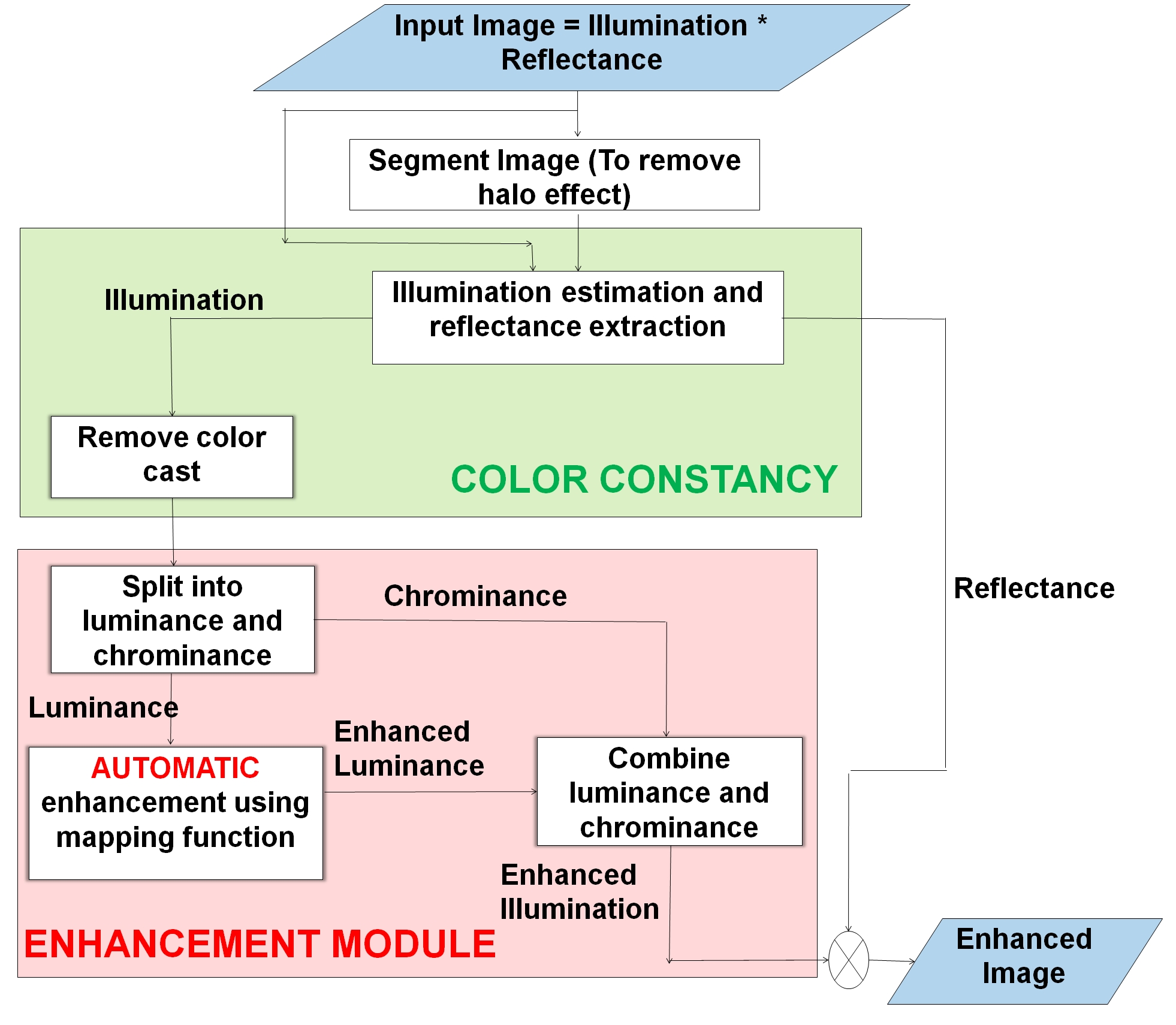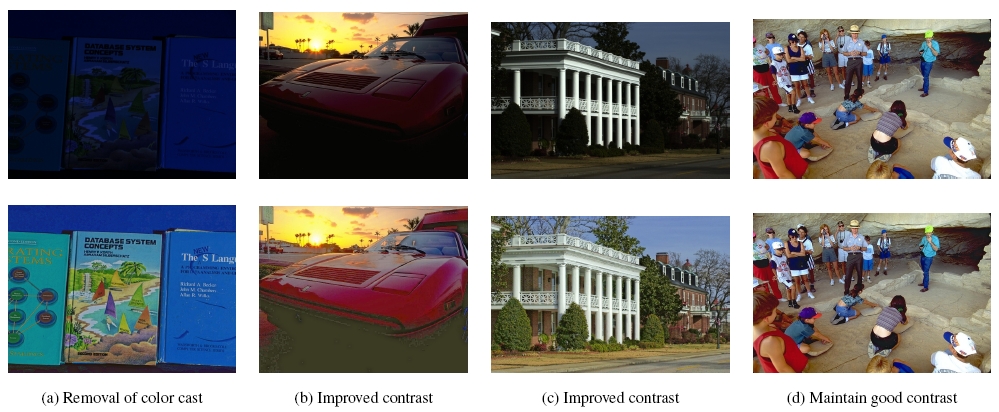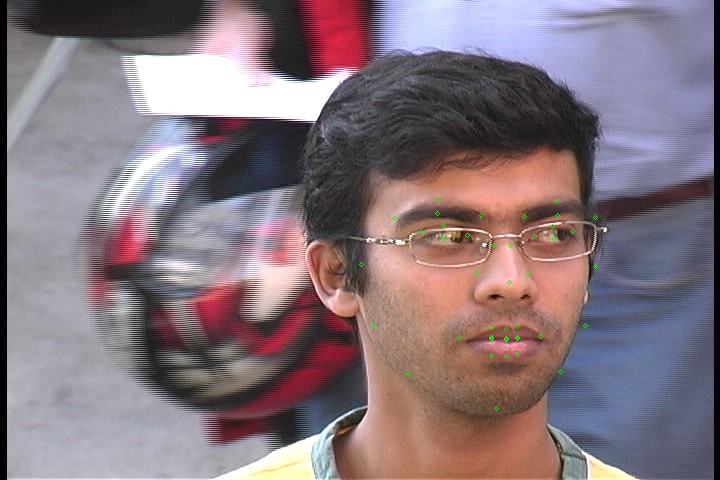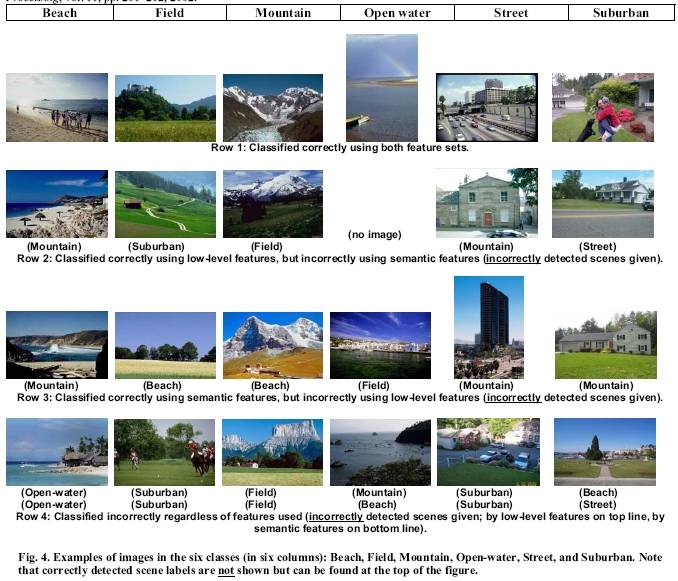
Home | Biography | Publications | Past Research | Contact
During my thesis, I was working on techniques to enhance the quality of images and videos. The idea was to try and mimic the human visual system and explore that to enhance images and videos. I worked on designing algorithms to improve the contrast and sharpness of images in order to give people a better visual experience. I also worked on algorithms that explored the human ability to achieve color constancy.
Video Contrast Enhancement
We have build a framework to enhance the contrast of videos in a temporally consistent manner such that there are no flashing or flickering artifacts.Input Video
Enhanced Video
Some more examples from our video enhancement framework can be found here.
Sharpness Enhancement
Our framework to achieve sharpness enhancement is shown here -
Results from the sharpness enhancement results are as follows -

Color Contrast Enhancement
Our framework to achieve color contrast enhancement is shown here -
Results from our color contrast enhancement results are as follows -

Color Constancy
Results from our method to achieve color constancy is shown here.
Earlier Work
@USC
1) Face alignment using feature point extraction. This algorithm can extract 42 facial feature points from the image of a face. The feature points lie along the contour of the eyes, eyebrows, nose, mouth and the entire face.
The results obtained from this technique are as follows:


2) Face detection on panoramic images obtained in a conference room scenario using an omni-camera.
3) Working on Real AdaBoost Classifiers for face detection and trying to improve the accuracy of the classifier for improved performance.
@UR
1) Designed a classification technique based on Support Vector Machine for categorizing outdoor images into either of these classes – Beach, Field, Mountain, Openwater, Street and Suburban was studied.

2) Segmentation and Background Elimination of images with a multi-flash camera using depth edge information which were obtained using multiple images by using flashes at different positions around the camera.